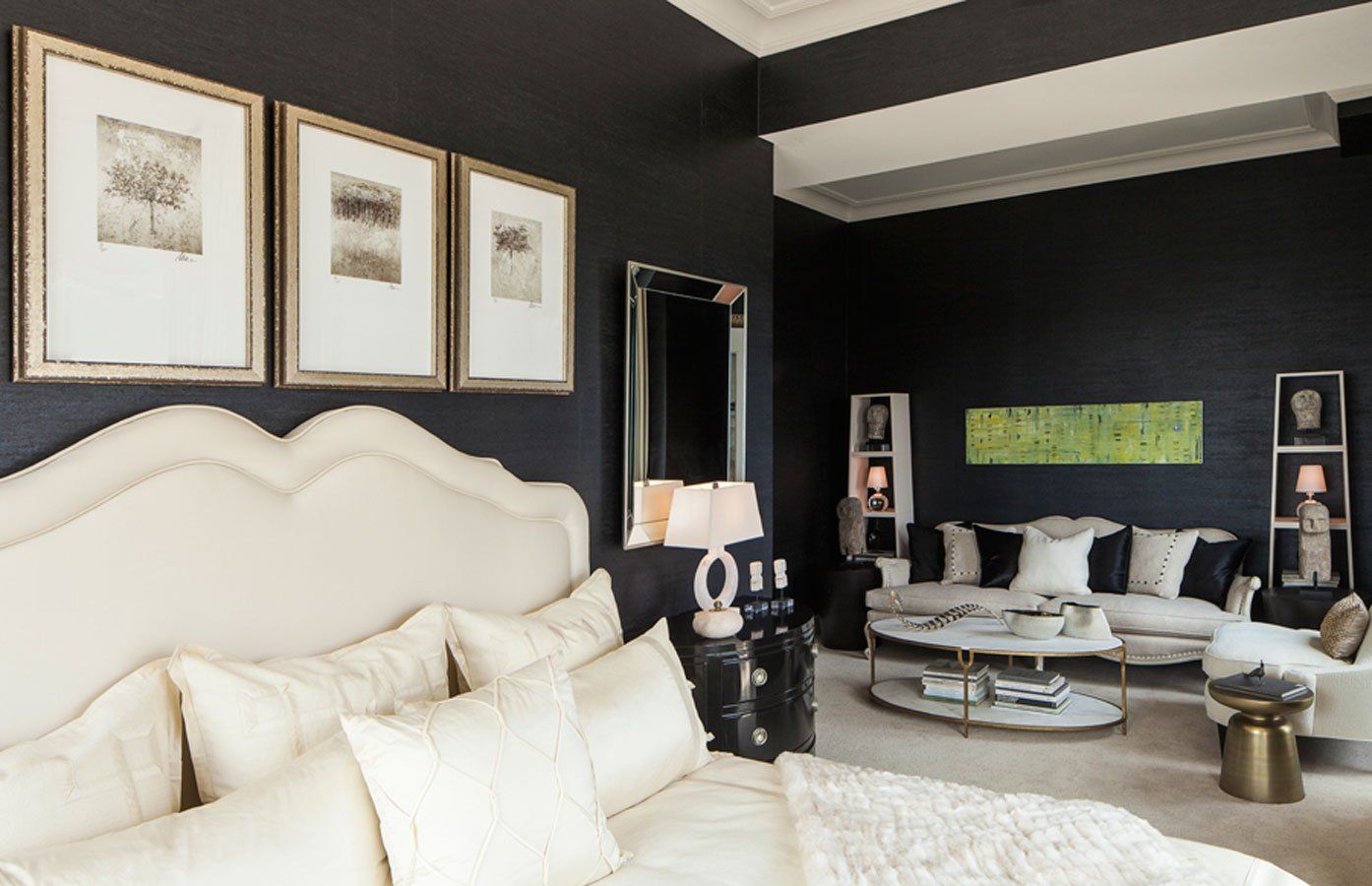August 25, 2025
Old is the new new. While you might not be ready to start churning butter, colonial chic interiors can make you feel like you’ve modernized a centuries-old home. The effect is cozy, eye-catching and one of the current biggest trends for a host of reasons. Here’s what colonial chic is, the “why” behind the interest and how to nail it in your space. Colonial Chic: What It Is and Why People Love It Right Now As the name suggests, colonial chic is a modernization of the interior design of the 17th and 18th centuries. While it incorporates layers for visual interest, the style aims to make a room more functional than its inspiration. Homeowners make their houses elegant but not so stuffy that visitors don’t feel they can relax. Colonial chic has gotten more popular lately because recent events have made people more fond of looking back. The COVID-19 pandemic upended lives worldwide , and many spent more time on the internet remembering what life was once like. While some merely reminisced about going to the grocery store, several experts noted that increased nostalgia rates could be due to the past feeling simpler compared to modern times. Additionally, a large group may share similar feelings or memories associated with the decor, creating an instant community. Thus, because nearly everyone was at home more, craving the comfort of human connection, design styles that emulated it surged in popularity. However, the fad has blossomed past retro. Interiors ranging from 90s and early 2000s flair to antique and even ancient glam you can educate visitors and social media followers on are now popular. With Colonial chic, you can feel like you’ve explored the world in luxury without ever setting foot in a plane, train or automobile. Well, perhaps a horse-drawn carriage or wooden ship is more your style. Details You Need for a Colonial Chic Interior If you’re here, you love the look of early American architecture but want to bring it into the modern era. Here are the most important elements to incorporate and refresh. 1) Wood Accents Wood is a vital feature of colonial chic interiors. Whether you expose or add wood beams or strip and stain your cabinets, it helps your home quickly acquire that old-timey feel. However, avoid adding too many concrete and metal accents alongside the wood, as they can make a space feel more like a warehouse than a cozy shelter. Updating the Colonial style means knowing where to incorporate wood and where to dial it back. For example, if you want a dark wood bedframe, brightening up the ceilings and walls adds visual interest to the bedroom. 2) Patterns on Walls and Upholstery Wallpaper fans, rejoice — it’s making a comeback. Simplistic styles and clean lines will help a room feel more colonial, so look for narrow stripes and light florals. Try finding couch pillows that match a tone or pattern in the wallpaper to tie the room together. For upholstery, go with a light or dark solid color. Leather is also an excellent option. Leaving the intricacies to the accents offers a modern feel to interior design. 3) Light-Colored Crown Molding Light-toned, detailed crown molding and window casings are other notable features of Colonial chic homes. Again, keeping the color bright brings the space to the present, but these additions help it feel older. Chair rail molding halfway up the wall or less can have a similar effect. 4) Carefully Curated Decor Colonial decor may bring to mind cluttered apothecary tables and bookshelves stuffed with trinkets and loose pages, but making it chic requires some restraint. Rather than following a maximalist approach, make sure antique features are cohesive and have visual white space. For instance, old garage doors are popular choices for do-it-yourself dining room tables, headboards or entryway benches because they’re incredibly durable , so they’re ready for lots of use. During the process, stain the surface so it matches the hue of the other wood, like the ceiling beams or TV stand. Ensure the decor on them — candles, pillows, photos and more — is symmetrical so everything feels curated. On those bookshelves, include some gilded, old-style editions of your favorite books and a few beloved candles and trinkets, but keep it sparing. You may even choose to paint them a hue from the wallpaper or to match the couch if there are already enough wood accents. Like with patterns, less does a lot more in this style. 5) Rich Colors If you want to limit your wallpaper use, you can also use paint to update and antiquify your home. Colors like greyish blues, darker brick reds and blue-greens harken back to classic paints , while using them sparingly makes it feel like you’ve renovated an 18th-century build. For example, paint the dining room a darker color above the chair rail molding and white or a bright off-white below. Rugs, bedding and smaller decorations in the same hue help the wall shade pop. Get the Colonial Chic Interior of Your Old-Timey Dreams Linen dresses may not be your favorite, but linen curtains or sheets may be the features that transform your space from modern to Colonial chic. Try adding these must-have elements if you’re looking for a historic style with a contemporary twist. Older accents incorporated with a keen eye are the key to antique interior design that feels timely.


















